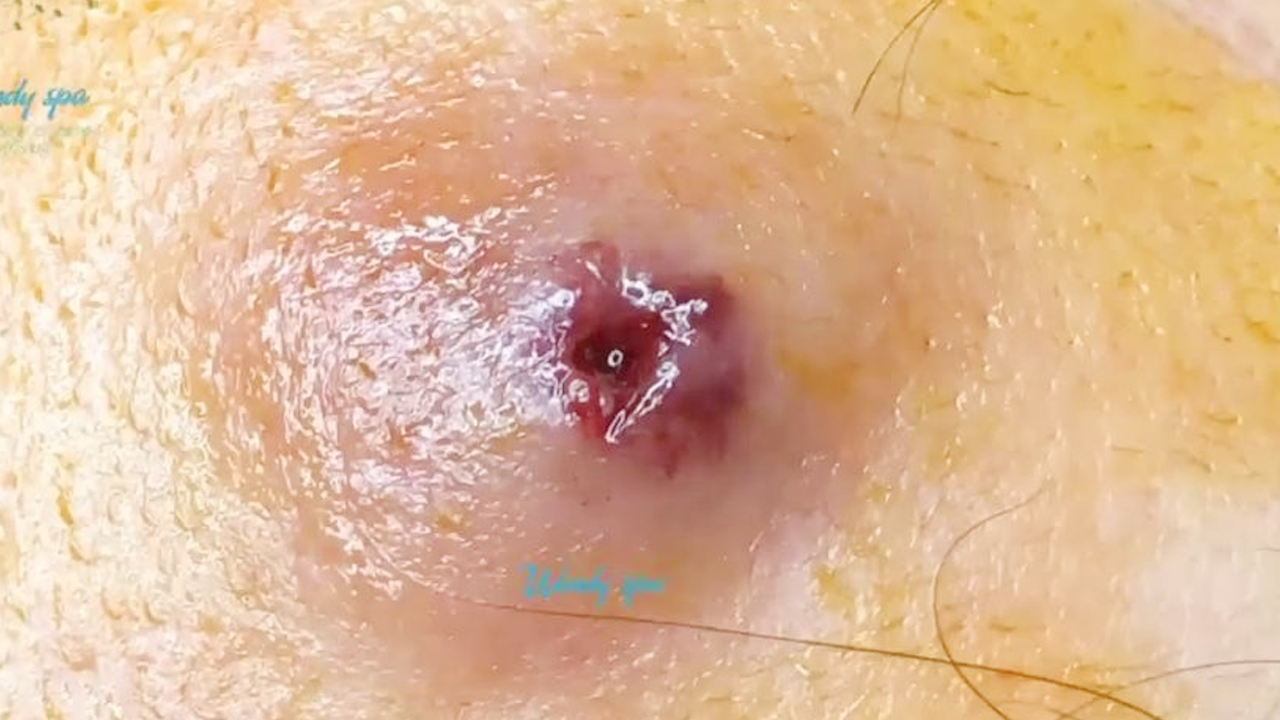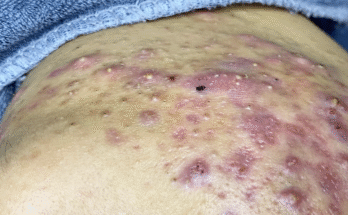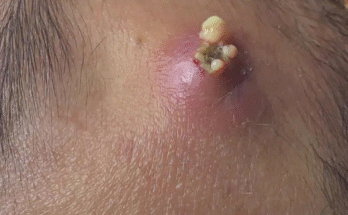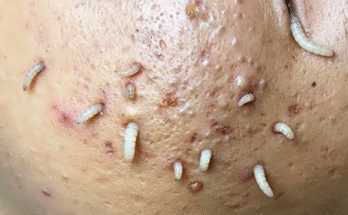Understanding and Treating Blackheads: A Comprehensive Guide
Blackheads, also known as open comedones, are a common skin concern affecting many. This comprehensive guide explores their causes, prevention, and various treatment options, offering a clearer understanding of this often frustrating skin issue.
What Causes Blackheads?
Blackheads arise from a simple yet problematic blockage within your skin’s pores. Dead skin cells, sebum (your skin’s natural oil), and bacteria accumulate, clogging the pore and preventing the natural shedding of these elements. This trapped mixture oxidizes, resulting in the characteristic dark appearance of a blackhead. These blemishes often appear on the face (nose, chin, forehead), but can also surface on the chest and other areas of the body.
Preventing Blackhead Formation: Proactive Skincare
The key to minimizing blackheads lies in preventing pore blockage. A consistent skincare routine is vital. This includes:
- Gentle Cleansing: Daily cleansing with a mild facial cleanser removes dirt, excess oil, and debris, keeping pores relatively clear.
- Regular Exfoliation: Exfoliating two to three times a week helps shed dead skin cells, preventing their accumulation within pores. Choose a gentle exfoliant to avoid irritation.
Treating Existing Blackheads: Options and Considerations
While prevention is ideal, dealing with existing blackheads requires a multifaceted approach. Do not attempt to squeeze or pop blackheads yourself, as this can worsen the situation, leading to inflammation, infection, and scarring.
Professional Treatments
For effective treatment, consider seeking professional help from a dermatologist or skincare specialist. They can offer various treatment options tailored to your skin type and the severity of your blackheads, potentially including:
- Topical Treatments: Prescription creams and gels can help unclog pores and reduce inflammation.
- Oral Medications: For severe or persistent acne (of which blackheads are a component), oral antibiotics or other medications may be prescribed to control bacterial growth and inflammation. Isotretinoin, a stronger medication, might be considered in severe cases.
- Laser Therapy: In cases where other treatments are ineffective, laser therapy can help improve skin texture and reduce blackheads.
Addressing Hormonal Acne
If your blackheads are linked to hormonal imbalances (hormonal acne), it’s crucial to address the underlying hormonal issues. While this may take time, restoring hormonal balance is key to long-term clear skin. A dermatologist can assist in determining the root cause and designing a treatment strategy.
Cyst Removal: A Detailed Look at the Procedure
While not directly related to blackheads, cysts are another skin concern that often prompts questions. This section describes the process of professional cyst removal, emphasizing its importance for complete and lasting results.
The Steps Involved in Safe and Effective Cyst Removal
A successful cyst removal involves several crucial steps performed by a medical professional:
- Diagnosis: Accurate identification is essential to distinguish a sebaceous or epidermoid cyst from other skin conditions such as lipomas or abscesses. The presence of infection will also dictate the treatment strategy.
- Preparation: The area is thoroughly cleansed with antiseptic, and local anesthesia (usually lidocaine) is administered to numb the site. The incision line is marked.
- Strategic Incision: A small, precise incision is made directly over the cyst, aiming to access its contents without rupturing the sac.
- Content Extraction: The keratinous material (the cyst’s thick contents) is gently expressed. This is often the visually satisfying part of the procedure.
- Complete Sac Removal: The entire cyst wall or sac is carefully removed. This crucial step is critical to prevent recurrence. If the sac breaks, all fragments are painstakingly removed.
- Closure and Aftercare: The area is irrigated with saline, closed with sutures if necessary, and covered with antibiotic ointment and a sterile bandage.
Why Cyst Removal Videos are So Popular
The popularity of cyst removal videos often stems from a combination of factors:
- Instant Gratification: The immediate visible results are satisfying for viewers.
- The “Gross-but-Clean” Factor: The removal of the cyst’s contents appeals to a particular viewer interest.
- Emotional Closure: The complete removal provides a sense of resolution.
Home Remedies vs. Professional Treatment
While warm compresses and tea tree oil (used cautiously and after a patch test) might offer temporary relief for uninfected cysts, they are not a cure. Never attempt to treat infected cysts at home. See a doctor immediately if you experience redness, swelling, pus, fever, or spreading of infection.
Medical Treatment Options for Cysts
Professional cyst removal involves various methods, each with its pros and cons:
| Treatment | Use Case | Cures It? | Recovery Time |
|---|---|---|---|
| Incision & Drainage | Infected or painful cyst | No | 2-5 days |
| Full Excision | Stubborn or recurring cysts | Yes | 1-2 weeks |
| Steroid Injection | Red, inflamed cysts | No (temporary) | Few days |
| Antibiotics | Treats infection (if present) | No (for cyst) | Varies |
Remember, consulting a dermatologist or surgeon is crucial for accurate diagnosis and appropriate treatment of both blackheads and cysts. They can offer personalized plans based on your specific skin condition and needs.



